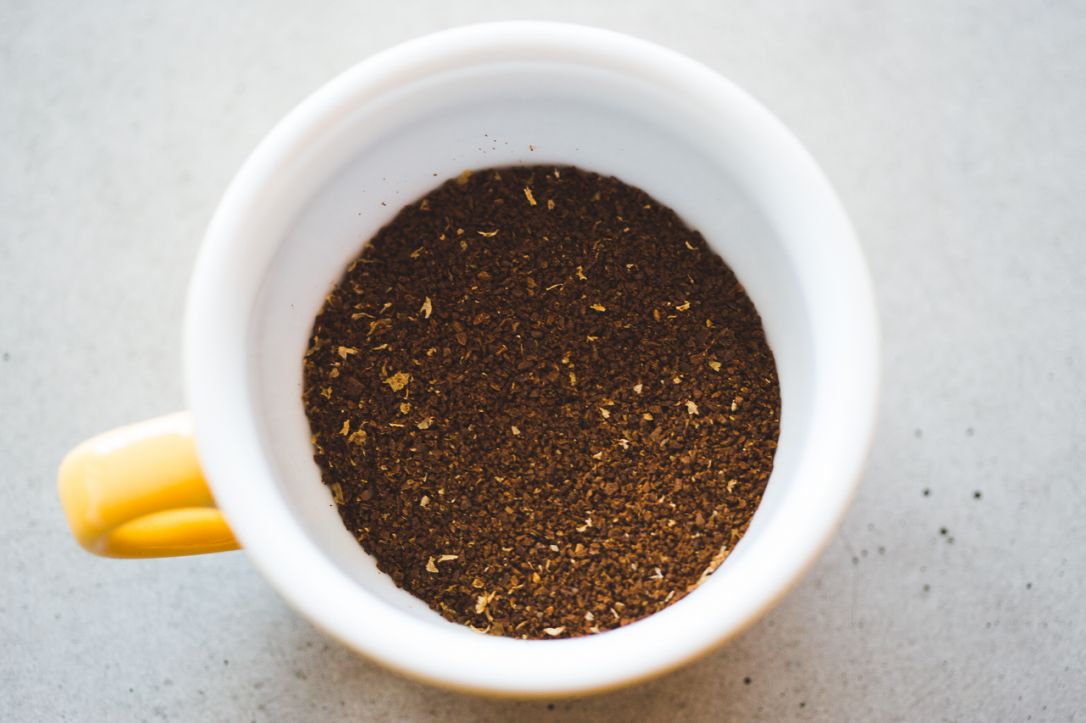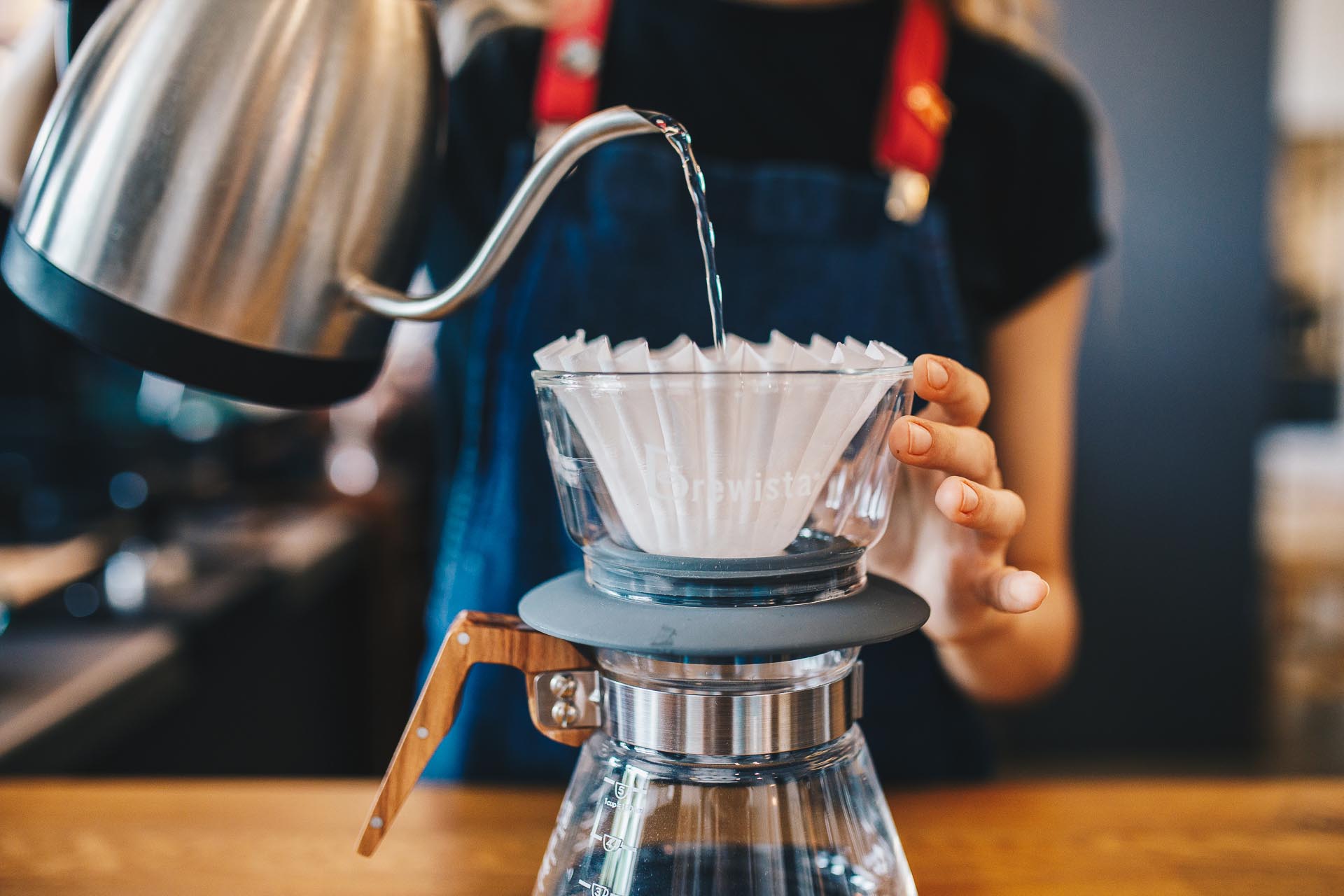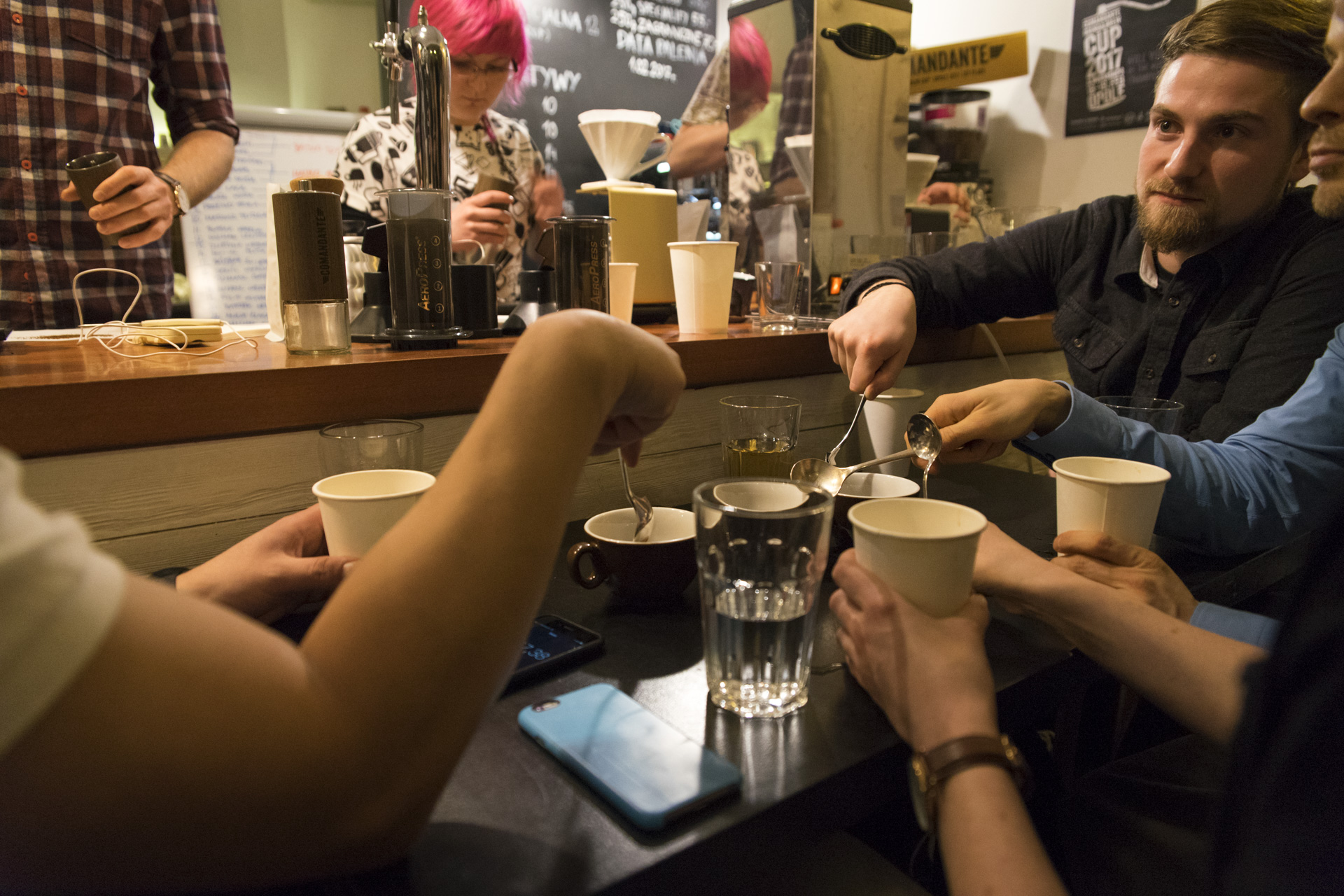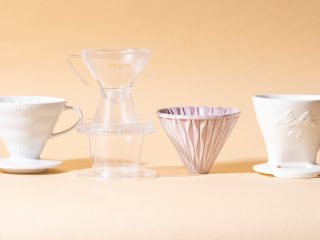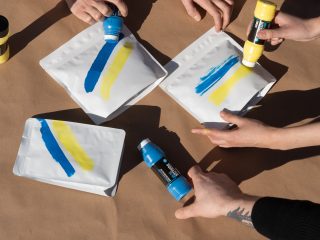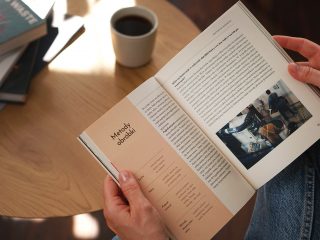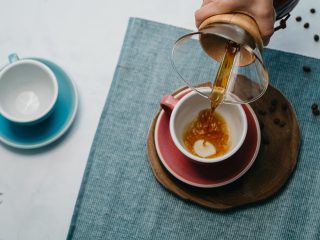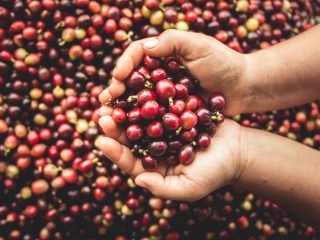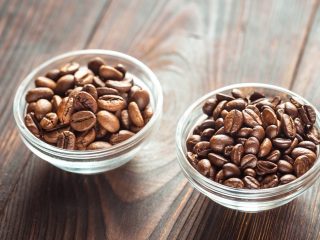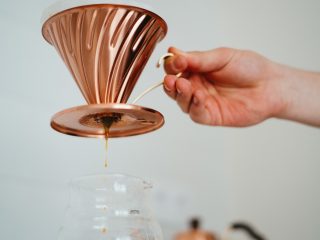You’ve had a beautiful coffee on the brewbar for the last week or so. It was soooo good! But sadly it’s time to change the menu, so you’ve ordered some new beans from The Whatever roastery. It’s time for a new dial in. You make the brew and it tastes bad. You make another one and it tastes… bad as well. You feel disappointed, especially because the previous one really stood out. And the refractometer shows a theoretically good result. So what now?
This coffee I’ve just prepared for the first time tastes pretty disappointing. It’s obviously my fault, not the roaster’s! I just need to figure out what’s wrong – Somebody.
It turns out blaming the roaster for badly tasting brews is the easiest way. Cause you know coffee right? Come on, let’s not be that lazy. Obviously, badly roasted coffees do exist. Sometimes you just can’t make them bright and shiny and it’s not your fault. I believe following some of these routines below can make your judgement more accurate and fair, which can be of help before you push some roasters to deal with bad publicity.
The window of success
Different coffees have different windows of success. I was dealing with coffees that tasted nice, more or less, no matter how they were brewed (we’re not talking about extremes though). They had a one particular spot when brews were outstanding, but being more to the left or to the right was also okay, giving pretty drinkable, pleasant results. And by saying more to the left or right, I mean extraction.
Other coffees are more demanding. There is a golden sweet spot for them. Extract a little less – you end up with some underextracted notes. Extract a little more – you lose the balance in favor of dryness or bitterness.
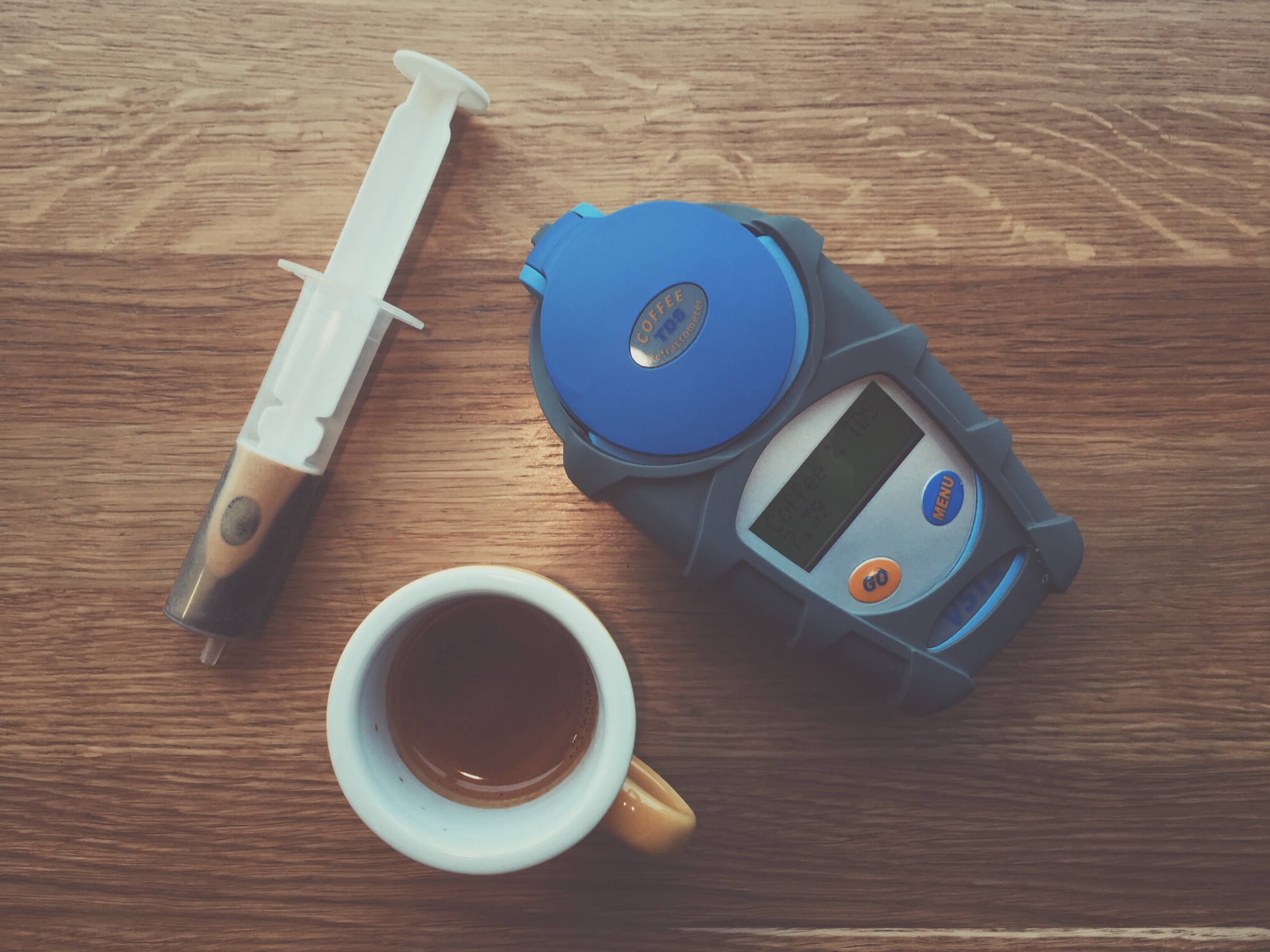
Maybe it’s just this kind of coffee – very demanding, needing more patience and attention? Maybe a deliciousness target is hidden between the bad stuff? Try to look for this spot by decreasing and increasing extraction. Combine it with the best concentration for this particular coffee. There’s rarely anything more fulfilling for the barista than finding beans’ Holy Grail. Provided with the right framework, everybody can make a decent 90+ brew – but is that the point?
Water
Yep, your brewing water! Being a keystone of delicious extractions, water can easily destroy your undeniable efforts when it’s bad. What’s bad water for coffee? It’s one that contains too much or too few minerals, or intrusive minerals, is too alkaline or acid or goes in other wrong directions (you can find out more about water for coffee in SCAE Water Chart or popular Maxwell Colonna Dashwood’s and Christopher Hendon’s book for example).
Unless you live in mountain areas of Canada or Scandinavia, make sure your water treatment works efficiently and fine – all the filters are changed regularly, the TDS of your water is correct and stable and so is the pH.
Once I’ve heard a story that happened in Cracow. It was the middle of winter and temperatures went crazy. -15 degrees Celsius during the day was a standard for a while. Suddenly, coffee in all of the 3rd wave joints that weren’t equipped with RO systems started to taste terrible. Salty, sour, aggressive and flat. No matter what coffee was being used. My interlocutor and I couldn’t find any other explanation than putting some organic chemicals into the city water system to protect the pipes from bursting.
Just be sure that water you’re using fits the right standards before you make your roaster depressed and anxious.
Consultancy
It’s always good to have other professionals around. If you can truly talk coffee with them, that’s perfect. Maybe you just have a bad day? Maybe you’ve got a palate fatigue? Or maybe for some reason your approach towards this particular coffee is too emotional, which automatically makes you biased? Never hesitate to ask other coffee professionals for opinions. Taste and discuss. Be open-minded and frank. Exchange ideas. This works best when you’re dealing with somebody more knowledgeable and experienced than you.
His Royalty: The Cupping
Last but definitely not least. Actually, the most important one, I’d say. A properly prepared cupping session is the most objective way to judge coffee. Having in mind the previous points, it might be your final routine before blaming bad roast. Prepare three or four different cups of the same coffee, just grind them differently (no extremes of course!) to get a range of different extractions. Focus and taste. If you can honestly say that your brewing water is flawless, the burrs in your grinder are sharp, water-to-coffee ratio is correct, and there was nothing else you could do with the coffee, it’s probably time to make the judgement.
If there’s really something wrong with the coffee and it’s not because of your brewing, most roasters will be ready and eager to talk, believe me. Shouldn’t our industry be extraordinarily open-minded? I deeply believe that’s the right path of growing together. What if the coffee is, for example, visibly under-roasted, tastes like green peas and the roaster doesn’t want to talk with you or find the consensus? Well, there are a lot of roasting companies these days, you can easily find a better one!
Let’s stay humble, professional and ready to exchange ideas!

